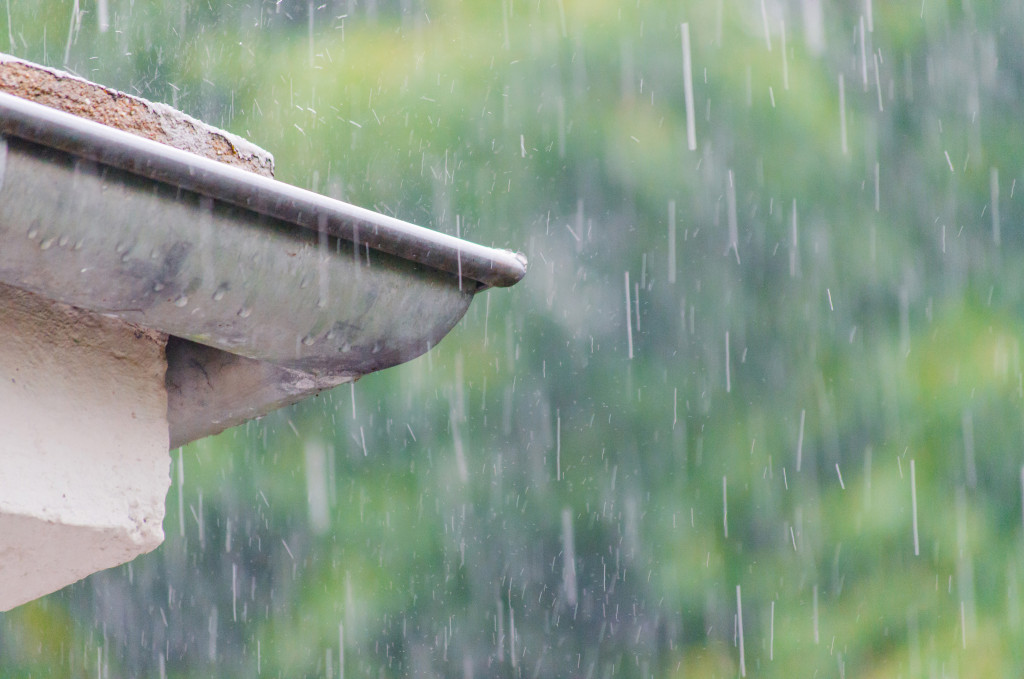Your home is a reflection of your personality and lifestyle. But other than just being another good landmark in your neighborhood, your home should also protect you from the natural elements.
For your home to protect you and your family from the elements, you should conduct maintenance and repairs on different structures of your home. There might be times when certain types of damages can be addressed with repairs.
However, some damages are permanent and require replacements if it’s not addressed quickly. This is especially true when it comes to water damage. Many homeowners take drastic measures to ensure that water damage does not cause any problems to the structural integrity of their homes.
But why should you keep a lookout for water damage in the first place? What can you do to prevent such types of damage? Learn about different ways of mitigating water damage and protecting your home from the elements.
Why Should You Keep a Lookout for Water Damage?
A prevalent question in the construction and renovation industry must be answered: why should you seriously take water damage?
Let’s take a look at specific types of damages that are usually in homes. Normally, superficial damage that you can see at home caused by high winds, impacts from debris, and other types of physical damage are relatively easy to fix. This is because many construction materials are generally durable and can withstand a lot of force.
However, many materials are vulnerable to chemical changes that are caused by different elements of nature. For instance, metal surfaces and construction materials that are not resistant to flowing water and humidity in the long term can easily get eroded. This is one of the many reasons water damage shouldn’t be taken lightly.
If left unaddressed, water damage can seep through nooks and crannies, which can cause extensive damage to supporting structures. This can change the chemical composition of building materials and cause problems in the long run.
At the same time, too much moisture and humidity in your home’s structure can cause molds to form around the ceiling and biological contaminants in the ventilation system, causing health problems in the long run.
Some crucial signs of water damage to look for are:
- Warped construction materials
- Creaky and unreliable support beams are typically caused by rotting wood
- Molds and mildews growing on ceilings and your attic
- Long-term corrosion on concrete and stone tiles
So what are some ways of preventing water damage and addressing early tell-tale signs right before they become a problem? Here’s what to know.

Investing in the Right Materials
One of the most effective ways of protecting your home from water damage is through prevention. When you’re still in the process of planning out your home or if you’re making replacements, having suitable materials can mitigate any future damage from heavy rains and flooding.
Keep in mind that your home’s external structures, such as your pergolas, gazebos, and decks, also need extra protection from the rain. Compared to your home’s structure with better protection from water damage, these structures don’t have that much protection. Fortunately, high-quality materials can help waterproof these structures. You also won’t have to look far since waterproof coating services can help protect your deck and other external structures from water damage.
Focusing on Your Roof
Another vital way of protecting your home from water damage is by investing in proper roofing and maintenance. However, it might not seem like the first thing that most visitors and passersby see. Your roof is your home’s shield against harsh weather conditions. In fact, some roofing materials can shield against winds of up to 100 miles per hour.
Another vital factor to consider is that certain roofing materials will have unique characteristics. For instance, some are more versatile against different conditions. Metal roofing is versatile against harsh weather conditions while being cost-effective. Some types of roofing are great against strong winds but still vulnerable to physical damage. Whatever the situation might be, consider having roofing materials with a balance in durability and longevity.
Still, it’s essential to consider the building codes and regulations. These protocols regulate what roofing materials that you can use for your home. This is to ensure that you get the maximum use out of your roof while keeping everyone safe.
You can use various ways to protect your home from water damage and the elements. Although it might seem a bit daunting having to make all of these renovations to your home, it’s a worthwhile investment. Remember, it’s better to spend a few hundred on high-quality building materials instead of spending thousands on replacements and major repairs.
Still, it’s essential to consider that the building materials are determined by the weather conditions prevalent in your area. This is especially true when it comes to roofing materials and building materials used in external structures. Being able to plan ahead of time can cut down on time and energy needed in finishing projects.




